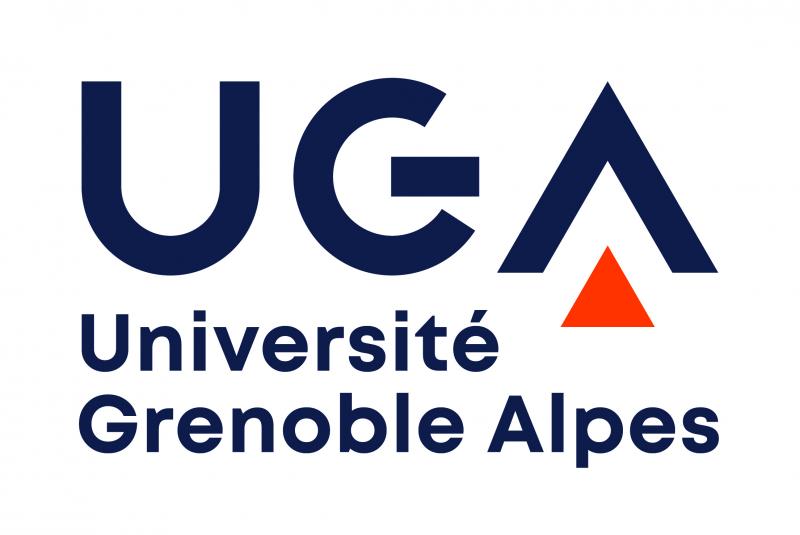 English
English Français
Français
Towards the Internet of Interactive Things Energy-Efficient Interactive Cyber-Physical Systems
O. Alphand, A. Duda, M. Heusse, F. Rousseau, B. Tourancheau, LIG–Drakkar D. Ktenas, M. Maman, CEA–LETI
C. Coutrix, L. Nigay, LIG–EHCI
K. Altisen, S. Devismes, Verimag–Synchrone
Supervisors: K. Altisen, C. Coutrix, M. Maman, A. Duda
Scientific description
The Internet of Things (IoT) corresponds to a vision of a world in which billions of objects with embedded intelligence, communication means, and sensing and actuating capabilities will connect over IP (Internet Protocol) networks. IoIT proposes to make this vision happen and lay foundations for the future Internet of Interactive Things. We refer to Smart Objects, Cyber-Physical Systems, or just Things as new kinds of entities that include objects of everyday life augmented with micro-controllers, optical and/or radio transceivers, sensors, actuators, and adequate protocol stacks so that they can gather pertinent data from the environment, act upon the environment, and provide an interface to the physical world. When augmented with a novel user interface, they become Interactive Things with five main properties: they can communicate, sense some physical quantities, perform some actions on the physical world, execute reasoning or decision making algorithms, and interact with the user. They are usually highly constrained with limited memory and available energy. Their potentially large number and communication as well as interaction capabilities open new possibilities to create the Internet of Interactive Things that provides unparalleled means for connecting the physical world with the digital universe. IoIT proposes to address several challenges:
- Energy-efficient IP connectivity for Interactive Things to enable Things to communicate with each other and with hosts on the Internet.
- Design of distributed routing and resource allocation algorithms for the Internet of Things.
- Lightweight security and privacy protocols: supporting openess while enforcing security and privacy of data
- and communications suitable for highly constrained nodes.
- Scalable and energy-efficient communications in the 5G cellular networks to integrate low power Things with cellular networks.
- Novel means for user interaction with Things to provide direct interaction facilities.
IoIT follows the objectives of the Pervasive Computing Systems action of Persyval-Lab. Our project aims at developing distributed control strategies and algorithms for sensor and actuator networks. Such networks are parts of a larger domain designated as Cyber-Physical Systems and recent initiatives towards the development of the Internet of Things. IoIT corresponds perfectly well to the objectives of the action and contributes with the original ideas on energy-efficient, secure communications with interactive cyber-physical systems.
Two project teams of Persyval-Lab are related to our proposal: HPES (High Performance Embedded Systems) and SCCyPhy (Security and Cryptology for CyberPhysical systems). HPES concerns massively parallel computing platforms while IoIT focuses more on the embedded systems and communication issues. SCCyPhy is more oriented towards cryptography while IoIT addresses the issues of specific security and privacy protocols for the Internet of Things.
The project will involve an interdisciplinary team from three laboratories belonging to Persyval-Lab: LIG, Verimag, and CEA-LETI. LIG–Drakkar contributes to the project with the networking expertise focused on IoT, cellular net- works, MAC and routing in wireless sensor networks as well as on security. Verimag–Synchrone brings competence on security and distributed algorithms. An initial collaboration between the Verimag team and LIG–Drakkar started with the DACRAW project on Distributed Approach for Cross-Layer Resource Allocation in Wireless Sensor Networks. The result of DACRAW will feed one of the research challenges of IoIT. The LIG–EHCI group brings the required exper- tise in Human-Computer Interfaces, especially in the interaction with mixed physical-digital objects. CEA-LETI will contribute to the project with the competence in energy-efficient wireless sensor networks, energy harvesting, cross-layer optimization and adaptation. The groups involved in the project have important on-going collaborations with major industrial players in IoT: ST, Cisco, Wateco, Arago, Orange Labs, Schneider.
IoIT mobilizes the necessary critical mass of highly skilled researchers that will contribute to the overall results of Persyval-Lab. The support of Persyval-Lab will create an important synergy of research groups and enable achieving new results impossible otherwise to achieve by isolated groups.


 Sign in
Sign in














